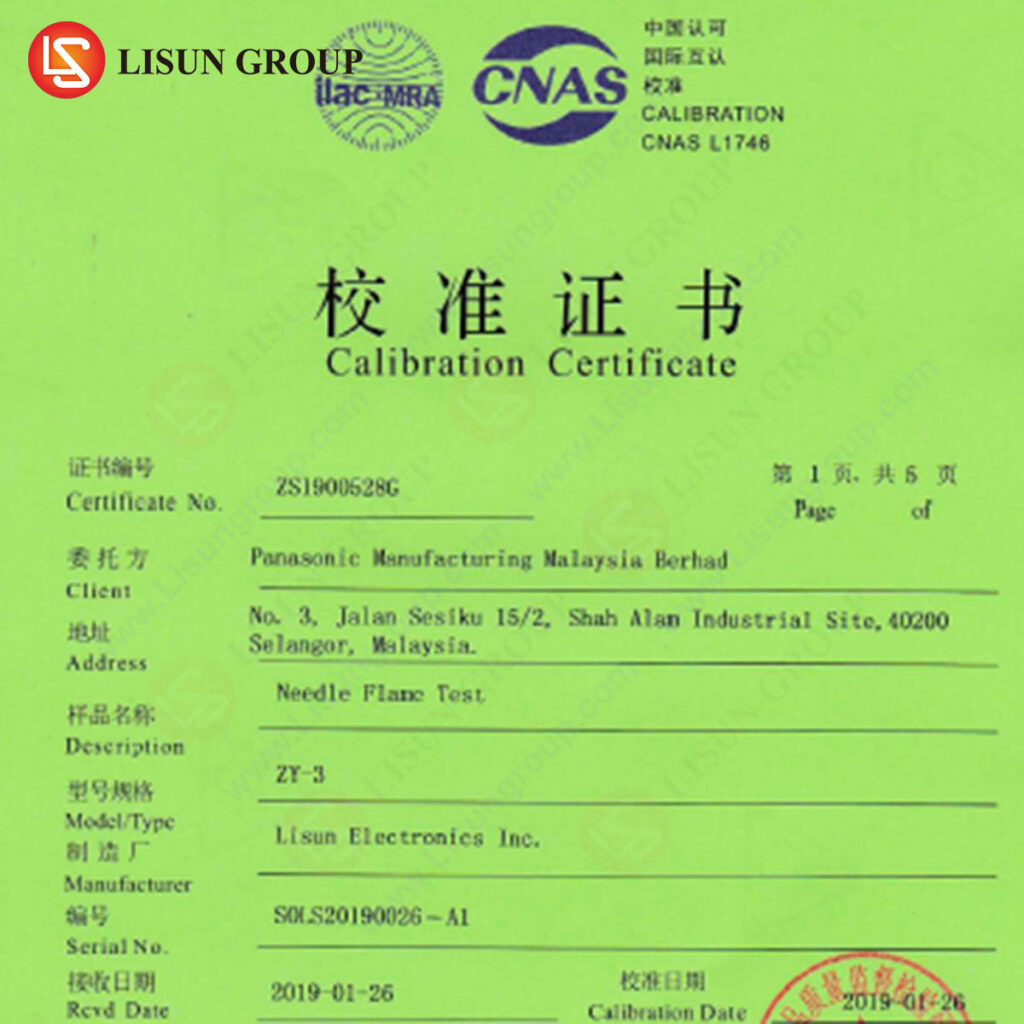Illuminating the UL 94 flammability test for LEDs
Introduction
What is the UL 94 flammability test?
The UL 94 Flammability Test is a standard test used to evaluate the flammability of materials used in the manufacture of LED products. The test is conducted by Underwriters Laboratories (UL) and is used to determine the flame resistance of materials used in LED products such as LED drivers, mobile and automotive electronics. The test is conducted by exposing the material to a flame for a specified period of time and then measuring the rate of flame spread and the amount of smoke produced. The test is designed to ensure that the materials used in LED products are safe and will not contribute to the spread of fire.
How is the UL 94 Flammability Test Conducted?
The UL 94 Flammability Test is conducted by exposing the material to a flame for a specified period of time. The test is conducted in a controlled environment and the material is exposed to a flame for a period of 10 seconds. During this time, the rate of flame spread and the amount of smoke produced are measured. The material is then classified according to the results of the test.
What are the Different Classifications of the UL 94 Flammability Test?
The UL 94 Flammability Test is divided into four different classifications. These classifications are based on the rate of flame spread and the amount of smoke produced. The four classifications are V-0, V-1, V-2, and HB. The V-0 classification is the highest rating and indicates that the material is highly flame resistant and produces very little smoke. The V-1 classification indicates that the material is flame resistant and produces a moderate amount of smoke. The V-2 classification indicates that the material is flame resistant but produces a large amount of smoke. The HB classification indicates that the material is not flame resistant and produces a large amount of smoke.
What are the Benefits of the UL 94 Flammability Test?
The UL 94 Flammability Test is an important tool for ensuring the safety of LED products. The test helps to ensure that the materials used in LED products are flame resistant and will not contribute to the spread of fire. The test also helps to ensure that the materials used in LED products are safe and will not produce a large amount of smoke.
Conclusion
The UL 94 Flammability Test is an important tool for ensuring the safety of LED products. The test helps to ensure that the materials used in LED products are flame resistant and will not contribute to the spread of fire. The test also helps to ensure that the materials used in LED products are safe and will not produce a large amount of smoke. By conducting the UL 94 Flammability Test, manufacturers can ensure that their LED products are safe and will not contribute to the spread of fire.
FAQs
Q: What is the UL 94 Flammability Test?
A: The UL 94 Flammability Test is a standard test used to evaluate the flammability of materials used in the manufacture of LED products. The test is conducted by Underwriters Laboratories (UL) and is used to determine the flame resistance of materials used in LED products such as LED drivers, mobile and automotive electronics.
Q: How is the UL 94 Flammability Test Conducted?
A: The UL 94 Flammability Test is conducted by exposing the material to a flame for a specified period of time. The test is conducted in a controlled environment and the material is exposed to a flame for a period of 10 seconds. During this time, the rate of flame spread and the amount of smoke produced are measured.
Q: What are the Different Classifications of the UL 94 Flammability Test?
A: The UL 94 Flammability Test is divided into four different classifications. These classifications are based on the rate of flame spread and the amount of smoke produced. The four classifications are V-0, V-1, V-2, and HB.
Q: What are the Benefits of the UL 94 Flammability Test?
A: The UL 94 Flammability Test is an important tool for ensuring the safety of LED products. The test helps to ensure that the materials used in LED products are flame resistant and will not contribute to the spread of fire. The test also helps to ensure that the materials used in LED products are safe and will not produce a large amount of smoke.







